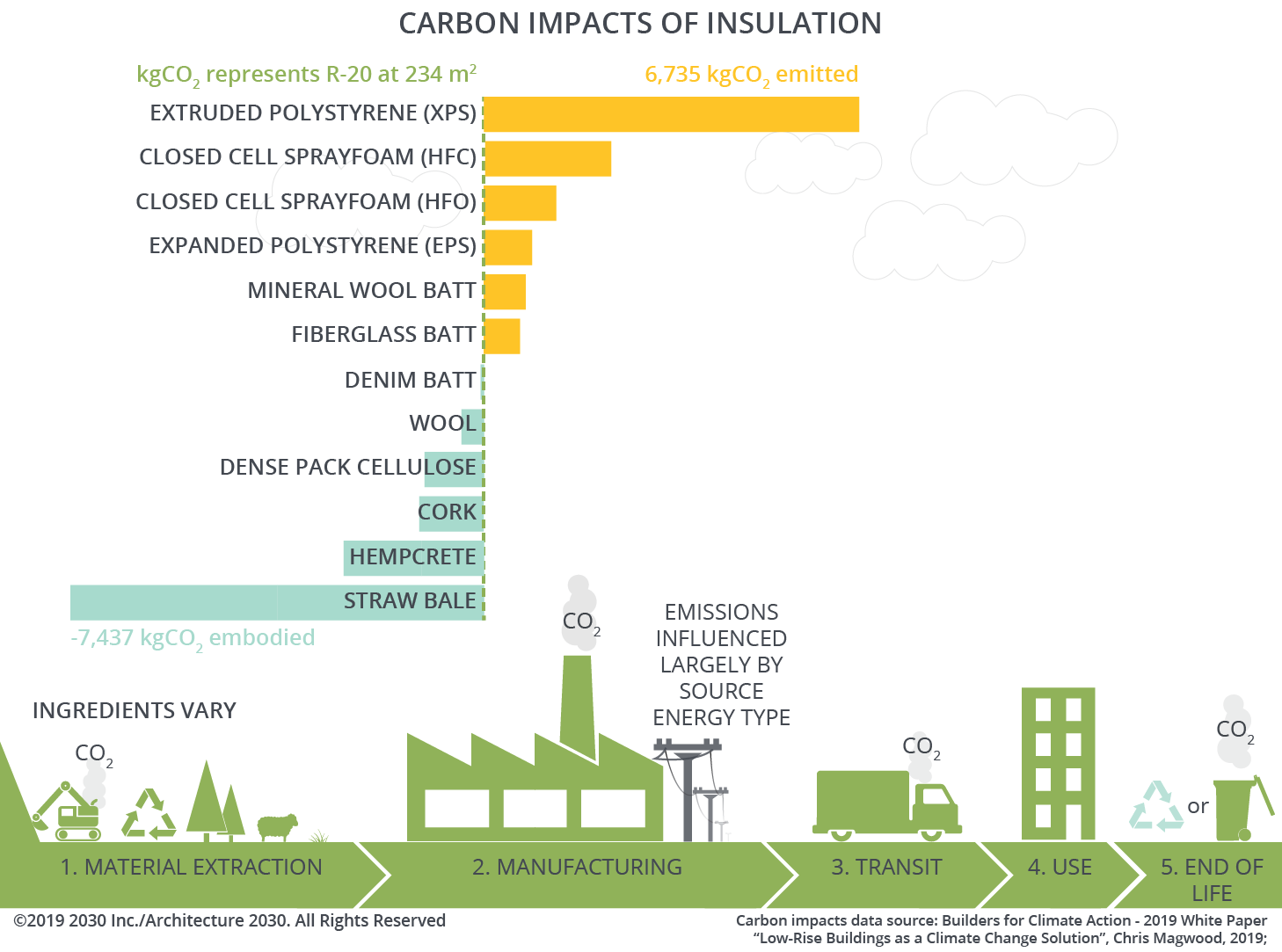Thanks for the answer. My interest was not to shut off the entire boiler (which I can effectively do by turning down the temperature on the smart thermostats remotely for everything but the indirect hot water). In the summer I could shut the whole thing down, but in the winter, I need to keep the temperature warm enough to keep pipes from freezing.
A simple wall switch in series with the pump for the indirect would turn off the indirect without changing any of the other controls. But the indirect doesn't lose heat very quickly- if it's just for the weekend or overnight, forget it- the energy savings would be effectively nil.
My home is a 30' x 42' split level with a cement foundation of about 2 feet above grade and pretty much nothing below grade. The house is basically sitting on granite ledge. The basement is finished and is dry as a bone. There is some drywall and maybe some insulation covering the cement foundation on the inside (but I don't have high confidence in the original builder as to insulation), with the exception of the non-heated garage which probably has about 43' of exposed concrete and the 9' garage door.
All the hot boiler pipes are insulated with foam covers R3.3.
But if the numbers you are quoting for the cement foundation walls are close to reality, would solid foam boards, or fiberglass insulation or something else be good for replacing the foundations insulation?
Thanks!
In your climate zone, if using fiberglass for any part of the wall insulation there needs to be at least R5 of rigid foam between R13 fiberglass and the foundation wall. Without a sufficient ratio of air-impermeable waterproof insulation there will be wintertime moisture accumulation in the fiberglass, and potential groundwater moisture year-round. To hit code-min performance that R5 has to be a continuous layer, not installed between stud framing.
A pretty good all-foam solution would be a continuous layer of 3" of reclaimed/used roofing polyiso foam board (R16.5-R17) strapped to the foundation wall with 1x4 furring through screwed to the wall with 4.5-5" masonry screws, mounting half-inch wallboard on the furring to meet fire codes. If going with virgin stock foil faced polyiso it can get there with just 2.5" if continuous, or 1" polyiso trapped to the wall a 2x4/R13 studwall.
Alternatively one could use 4" of EPS (if continuous) or 1.5" EPS + 2x4/R13.
With polyiso it's prudent to keep the cut bottom edge of the slab- polyiso can wick groundwater moisture even from a damp-ish slab that is never visibly wet. As little as 1/4" of clearance above the slab is enough if it literally never floods. With EPS it's fine to let it rest on the slab.
Avoid using XPS (pink, blue, green). Even though it's labeled R5 per inch of thickness, the performance boost over EPS (R3.9- R4.2 per inch) is only temporary. That boost is due HFC blowing agents used, all of which are EXTREME greenhouse gases now banned under the Kigali Amendment to the Montreal Protocol (the US isn't a signatory of the Amendment). As the HFCs diffuse out over time performance drops. XPS is only warranteed to R4.5/inch (read the fine print), but is likely to underperform even that mark in 40-50 years. The difference in environmental impact isn't subtle. Polyiso and EPS are blown with low-impact pentane variants at about 7x CO2 @ 100 years, most of which escapes the foam at the factory and is recaputured, not released into the atmosphere. That is compared to the industry standard HFC134a used for XPS at about 1400x CO2 @100 year, that slowly leaks out of the foam over decades.

^^^Roofing polyiso is roughly comparable to HFO blown polyurethane in this chart, foil faced polyiso roughly on par with EPS.^^^
But
used foam (any type) is the greener than any virgin-stock foam, since it is only extending the benefit of the initial environmental hit, piling on to the benefit side of the cost/benefit balance.
In eastern MA there are several vendors large & small selling reclaimed foam board at a steep discount,
many of whom advertise here from time to time. The biggest are Nationwide Foam/Insulation Depot in Framingham, and Green Insulation Group in Worcester, but there are a handful of others.

